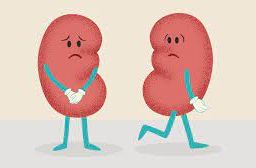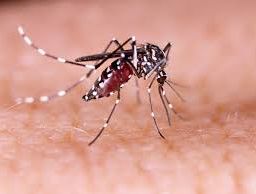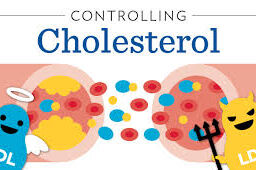
Supporting Cardiovascular Recovery: Nutrition, Exercise, and Lifestyle Tips
Embarking on a journey towards cardiovascular recovery for heart failure, discover the transformative impact of exercise therapy. This structured program, tailored to individual needs, empowers patients to enhance their cardiovascular fitness and muscle strength. Recent research highlights its role in alleviating symptoms, improving quality of life, and even reducing hospitalizations and mortality rates. Assuredly safe under professional guidance, exercise therapy emerges as a key player in promoting holistic well-being for those navigating the complexities of heart failure. Consult your healthcare provider to embark on this path to improved health and vitality.

Heart failure is a condition that affects millions of people worldwide. It occurs when the heart is unable to pump enough blood to meet the body’s needs, leading to symptoms such as shortness of breath, fatigue, and swelling in the legs and ankles. While medications and lifestyle changes can help manage heart failure, recent research has shown that exercise therapy can also play a significant role in improving recovery.
The Benefits of Exercise Therapy for Cardiovascular Patients
Exercise therapy involves structured physical activity programs that aim to improve cardiovascular fitness and muscle strength. In heart failure patients, exercise therapy has been shown to improve symptoms such as shortness of breath and fatigue, as well as quality of life. It can also help reduce hospitalizations and mortality rates.
One study published in the Journal of the American College of Cardiology found that heart failure patients who participated in exercise therapy had a 26% reduction in all-cause mortality compared to those who did not. Additionally, exercise therapy has been shown to improve the heart’s ability to pump blood, which can help reduce the workload on the heart and improve overall cardiovascular health.
Is Exercise Therapy Safe for Heart Failure Patients?
Many people with heart failure may be hesitant to participate in exercise therapy due to concerns about safety. However, research has shown that exercise therapy is generally safe for heart failure patients when conducted under the guidance of a healthcare professional.
In fact, a systematic review of 33 randomized controlled trials found that exercise therapy was associated with a low risk of adverse events in heart failure patients. The most common adverse events reported were musculoskeletal injuries, which were typically mild and easily managed.
Getting Started with Exercise Therapy for Heart Failure
If you have heart failure and are interested in starting an exercise therapy program, it’s important to talk to your healthcare provider first. They can help determine if exercise therapy is right for you and develop a personalized plan based on your individual needs and abilities.
Your exercise therapy program may include a combination of aerobic exercise, such as walking or cycling, and resistance training, such as weightlifting. It’s important to start slowly and gradually increase the intensity and duration of your workouts over time.
In conclusion, exercise therapy is a safe and effective way to improve cardiovascular health and recovery in heart failure patients. It can help reduce symptoms, improve quality of life, and even reduce hospitalizations and mortality rates. If you have heart failure, talk to your healthcare provider about whether exercise therapy is right for you and how to get started.
Disclaimer: The information provided in this content is for general informational purposes only. It is not intended as medical or healthcare advice, diagnosis, or treatment. Always seek the advice of a qualified healthcare professional with any questions you may have regarding a medical condition or healthcare decisions.
















